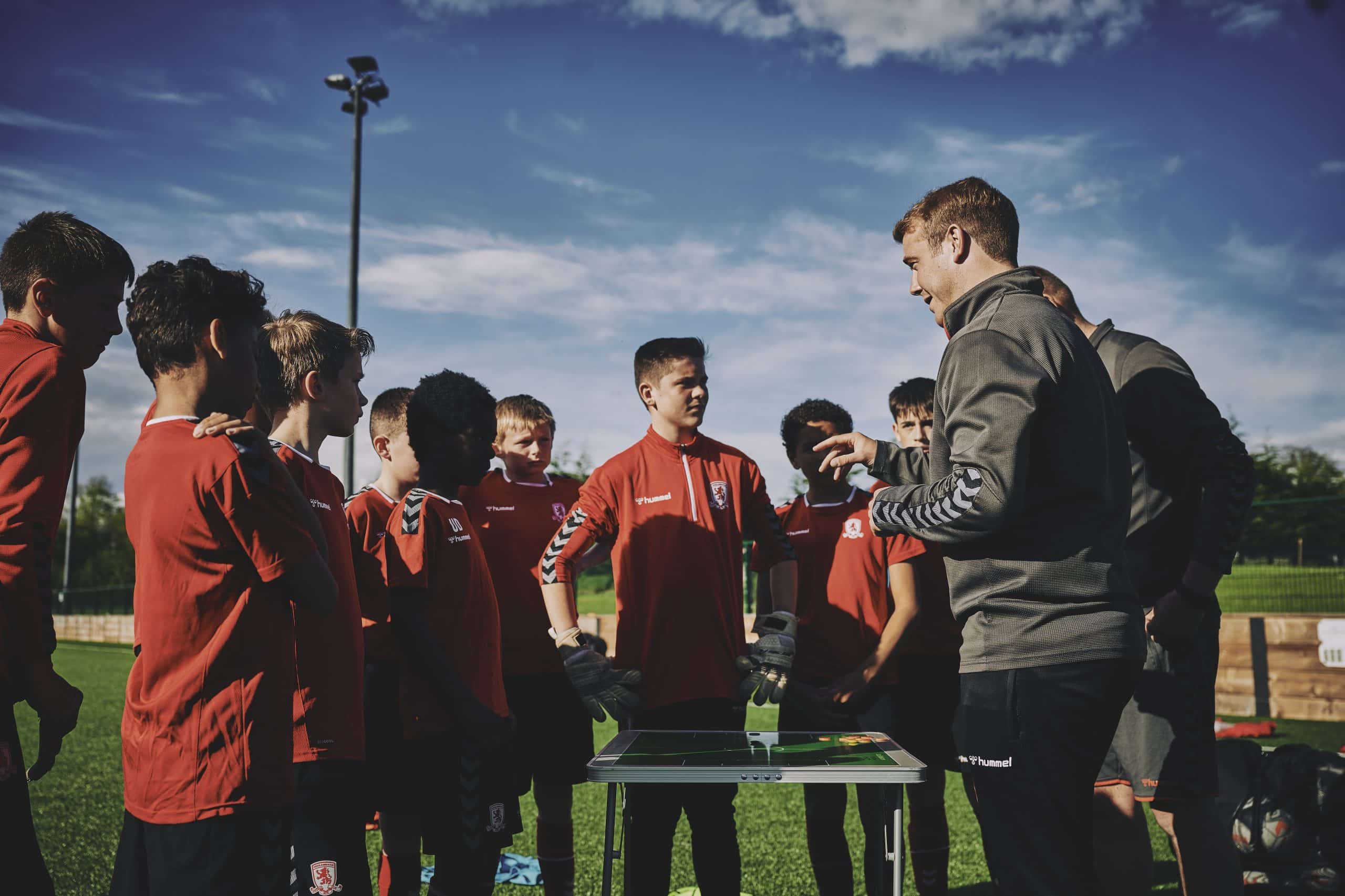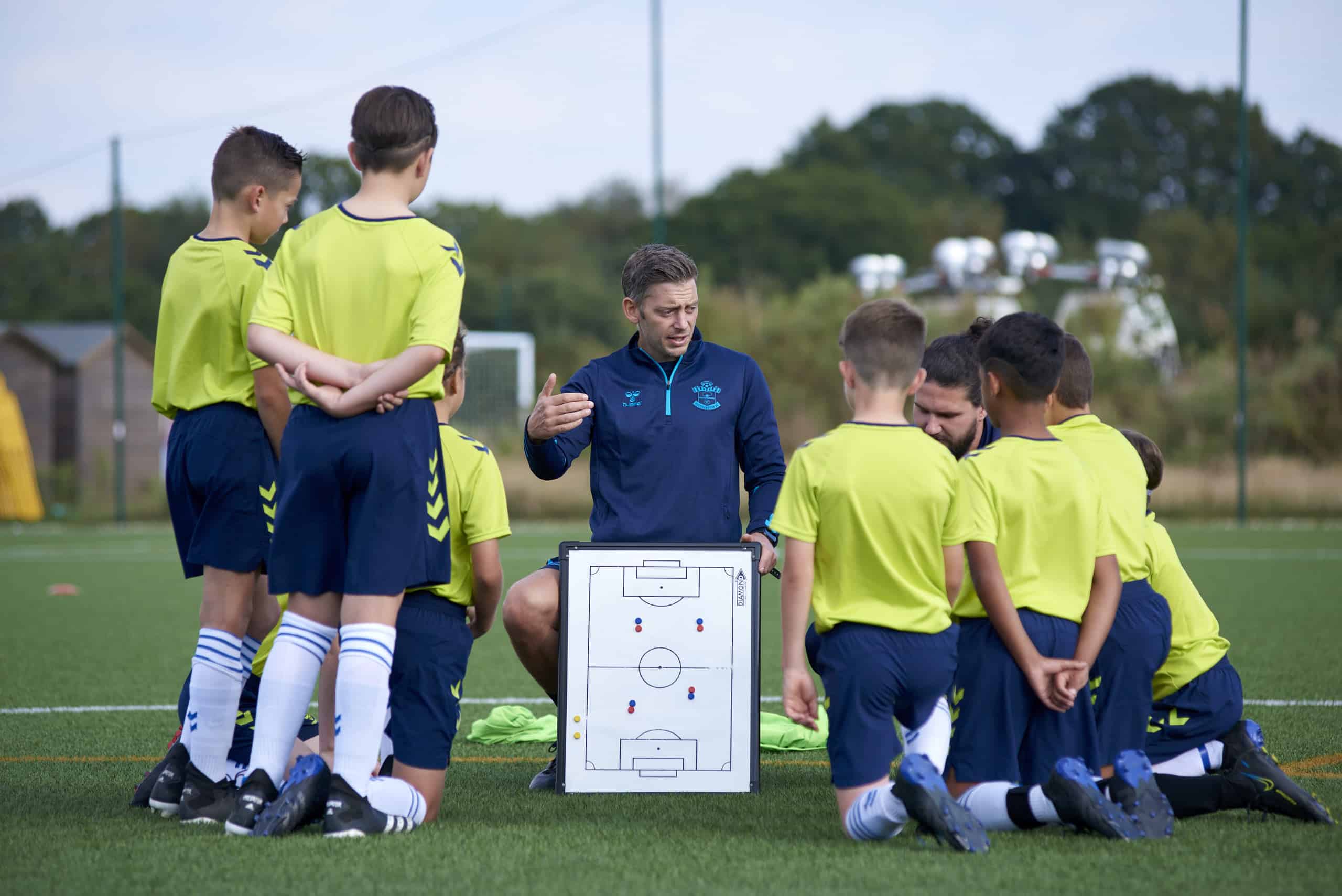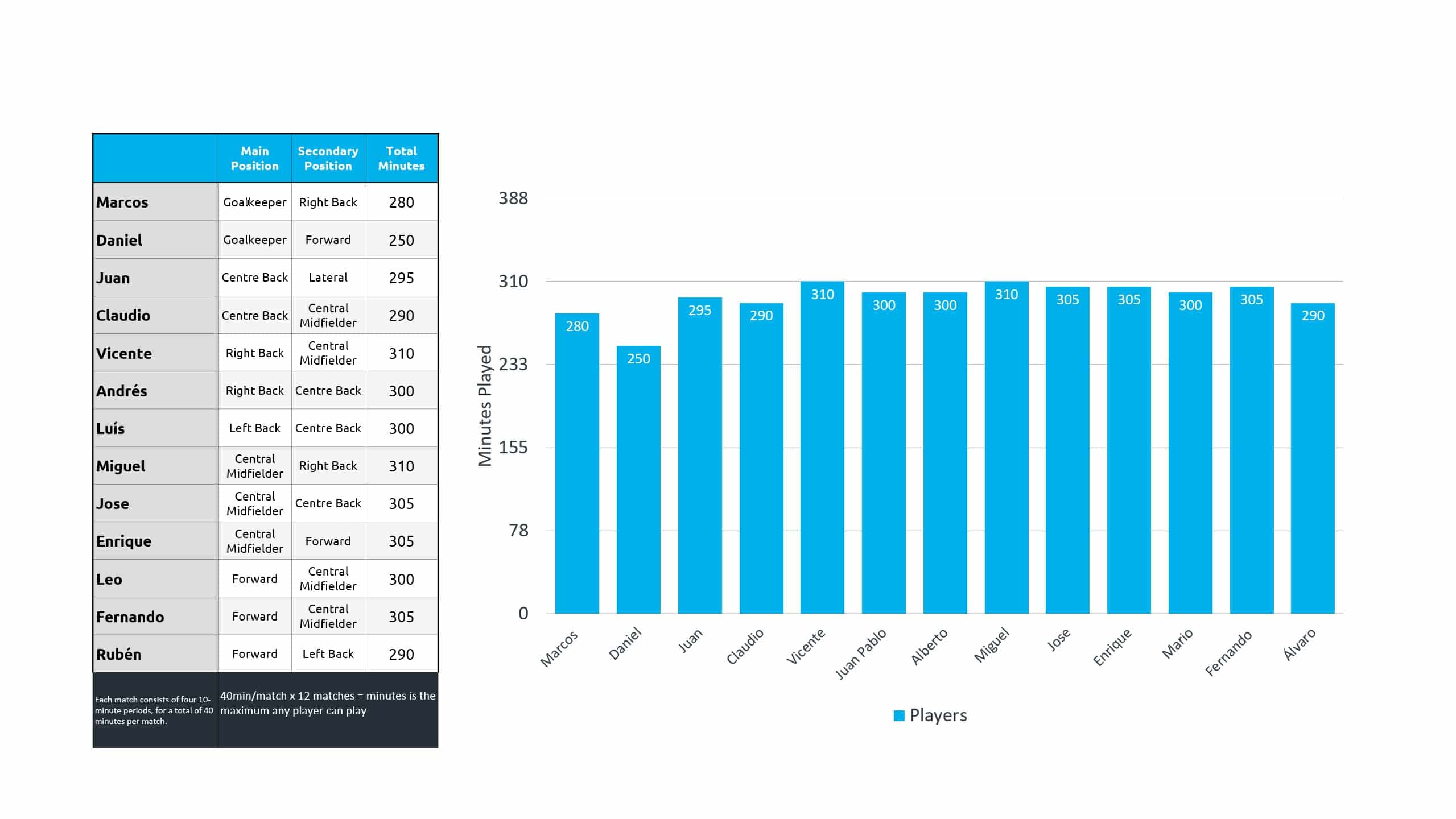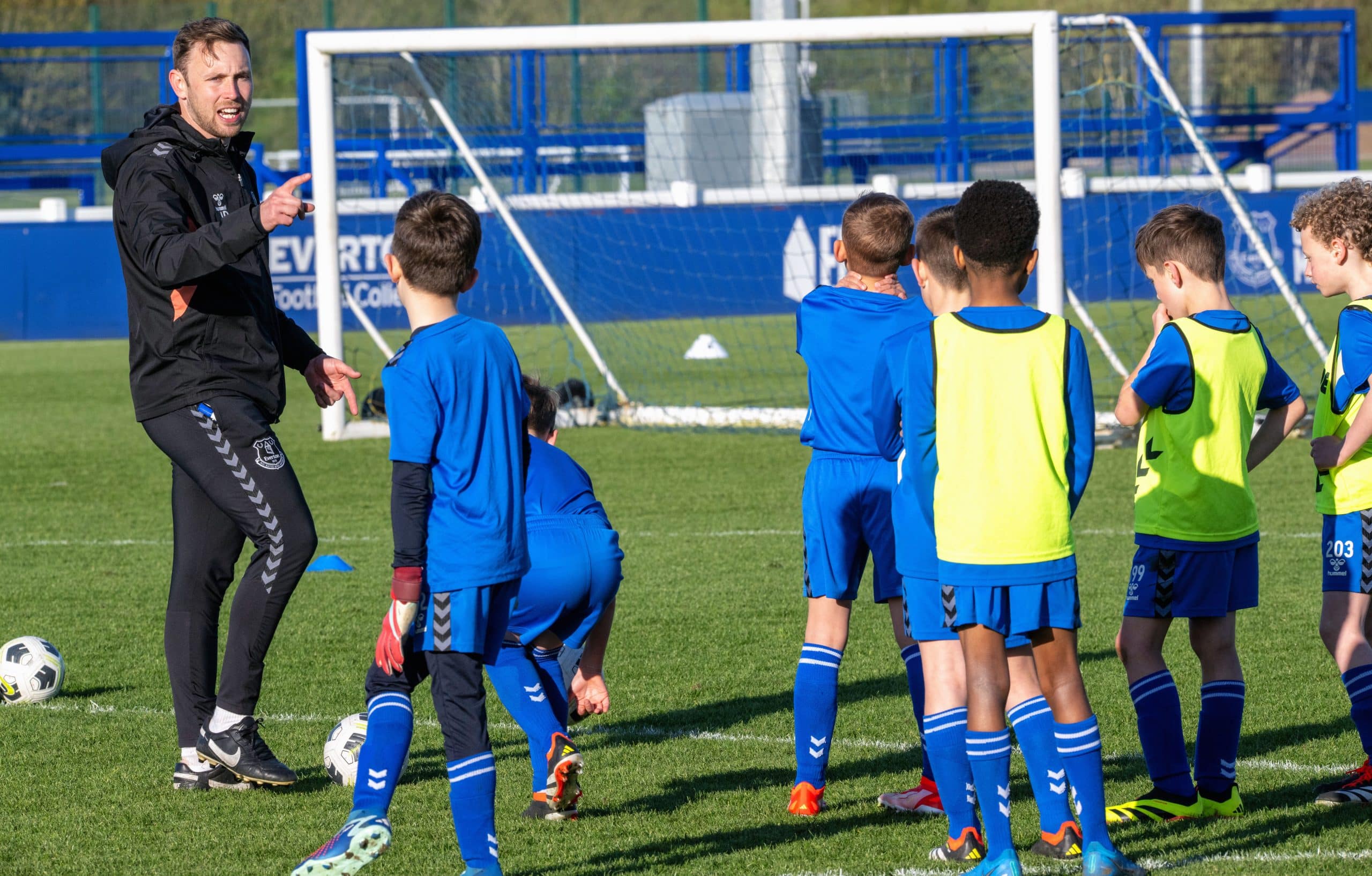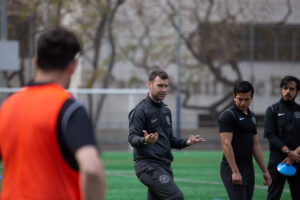When preparing for any match, it is important that coaches in youth development take a series of steps that will enable them to better manage the before, during and after of the competition.
To do this, you must follow three steps in chronological order to make the organisation of the competition day as efficient as possible. These steps relate to pre-match logistics, team management for the match, and setting training objectives.
1. The Pre-Match Logistics
There are a number of things that the coach must properly inform the players’ families about: the location of the match, the date and time, the meeting place, the meeting time, equipment and other requirements (food, hydration, weather conditions, etc.).
Factors that youth coaches should take into account when informing families. Source: MBP Coaches’ School
To do this, it is important to encourage communication with the players’ families. How can we do this? For example, appoint a person responsible for families who is in charge of passing on all the information; create a weekly logistics document to facilitate family organisation; use communication and group organisation applications to convey all updates; create an information board at the club/academy facilities with information on weekly matches.
2. Team Management for the Match
The second aspect that the coach must consider is managing the team’s players for the match. To do this, we refer to those who start as starters and those who will start as substitutes. The coach must also establish the team’s basic structure or playing system according to these players. Finally, the coach must keep track of each player’s playing minutes.
Firstly, the system or basic structure used should encourage all players to participate during the match. This will allow them to position themselves better on the pitch in relation to their teammates.
This section covers the selection of the starting line-up and substitutes. It is important that all players are able to start the match several times during the season, as well as wait their turn on the bench on other occasions, regardless of their level, as decisions should be made in favour of their overall development rather than seeking results. Therefore, it is necessary for the coach to keep track of the line-ups during the season in order to establish a balance between their players.
Finally, there is the management of substitutions. We recommend preparing these in advance, not only to better manage the players’ minutes, but also so that each player can participate in at least two positions during the season.
Example of a table and graph showing the minutes played by the team’s players. Source: MBP Coaches’ School
3. Specify the Training Objectives
During this period, matches form part of the players’ training and development process. Therefore, they should be used to assess their level and progress throughout the season. To do this, it is essential that the coach makes use of certain tools, such as the pre-match talk, instructions during the game and evaluation of the content covered in training.
In order to connect training objectives with the match, we must focus our communication on the content and concepts that have been trained during the previous week and months, shifting the focus away from what the opponent can do or the score.
With all this in mind, we can affirm that during youth development, competition should be part of the players’ learning process, which is why we must constantly monitor them and have the various elements described prepared in advance.

